Plant Your Own Peanuts - How To Grow Peanuts
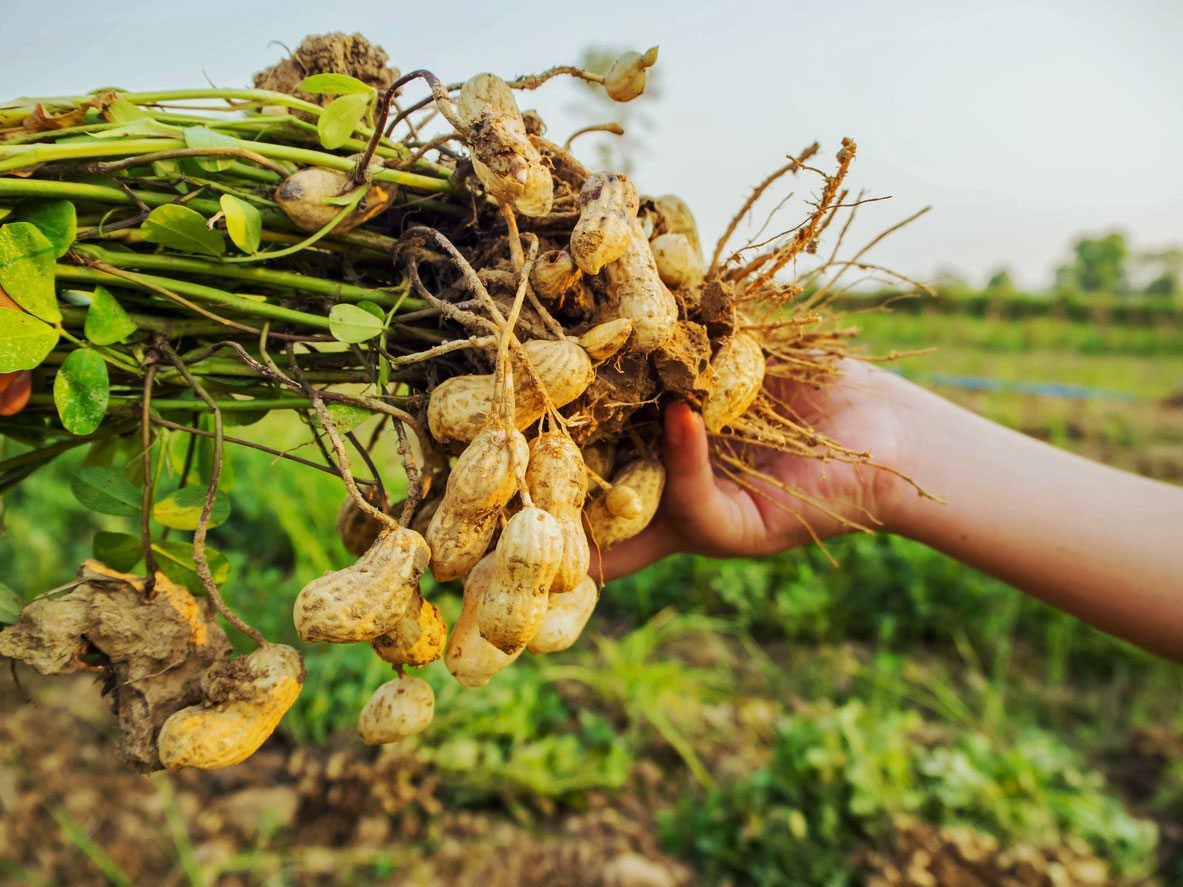

Did you know that you can plant your own peanuts at home? This hot-season crop is actually easy to grow in a home garden. Keep reading to learn how to grow peanuts in your garden.
How to Grow Peanuts
Peanuts (Arachis hypogaea) prefer a long, warm growing season and are typically planted from mid to late spring (after the threat of frost has passed) through mid-summer. When you are growing peanuts, plant them in well-draining, sandy soil that is rich in organic matter such as leaves, compost, or well-rotted manure. They also need to be planted in a sunny location. Planting requirements vary somewhat among peanut varieties. There are bunch-type peanuts and runner-type peanuts. Runner-type peanuts have a vining growth habit and require a little more space in the garden than their bunch-type counterparts. Three to five seeds are generally planted 2-3 inches (5-7.5 cm.) deep, spacing 7-8 inches (18-20.5 cm.) with rows at least 24 inches (61 cm.) apart. The sowing of bunch-type, which includes Virginia varieties, is about 1 ½-2 inches (4-5 cm.) deep and 6-8 inches (15-20.5 cm.) apart. Once seedlings have reached about six inches (15 cm.), a layer of mulch, such as straw, can be added to help keep weeds under control. Calcium is important for the growth and development of pods; therefore, adding gypsum to the soil once flowering begins may be necessary. Weekly soaking to prevent the pods from drying out is also essential.
How Do Peanuts Grow?
Most peanuts flower about six to eight weeks after planting them. The flowers are produced near the ground on bunch plants and along the runners of vining types. While the plants flower above ground, however, the pods develop below. As the flowers fade, the stem begins bending downward, carrying the pods to the ground. Since peanuts bloom over a period of several weeks (up to three months), the pods mature at various intervals. Each pod yields two to three peanuts.
Harvesting Peanuts
Most peanuts are ready to harvest anywhere from 120-150 days after planting, give or take. Harvesting peanuts usually takes place in late summer/early fall when the foliage turns yellow. As peanuts mature, their hull color changes—from white or yellow to dark brown or black. You can test the maturity of peanuts by scraping the middle of the pods with a sharp knife. A dark brown to black hull means they're ready to harvest. Carefully dig up plants and shake off excess soil. Then dry the peanuts by hanging them upside down in a warm, dry area for about two to four weeks. Once dry, place them in mesh bags and store them in a well-ventilated area until ready for roasting. Boiled peanuts are best just after digging and prior to drying.
Gardening tips, videos, info and more delivered right to your inbox!
Sign up for the Gardening Know How newsletter today and receive a free copy of our e-book "How to Grow Delicious Tomatoes".

Nikki Tilley has been gardening for nearly three decades. The former Senior Editor and Archivist of Gardening Know How, Nikki has also authored six gardening books.
-
 Get Ready For A Summer Of Hummers! Grow These Full Sun Hummingbird Plants and Flowers
Get Ready For A Summer Of Hummers! Grow These Full Sun Hummingbird Plants and FlowersIf you’re lucky enough to enjoy a sunny backyard, make sure you are maxing out on your pollinator opportunities and grow these full sun hummingbird plants and flowers
By Tonya Barnett
-
 12 Lush Alternatives To A Lawn For Sustainable Spaces
12 Lush Alternatives To A Lawn For Sustainable SpacesAlternatives to a lawn are beautiful and also beneficial to your local ecosystem and its pollinators. Explore our top picks for plants to replace grass.
By Tonya Barnett
-
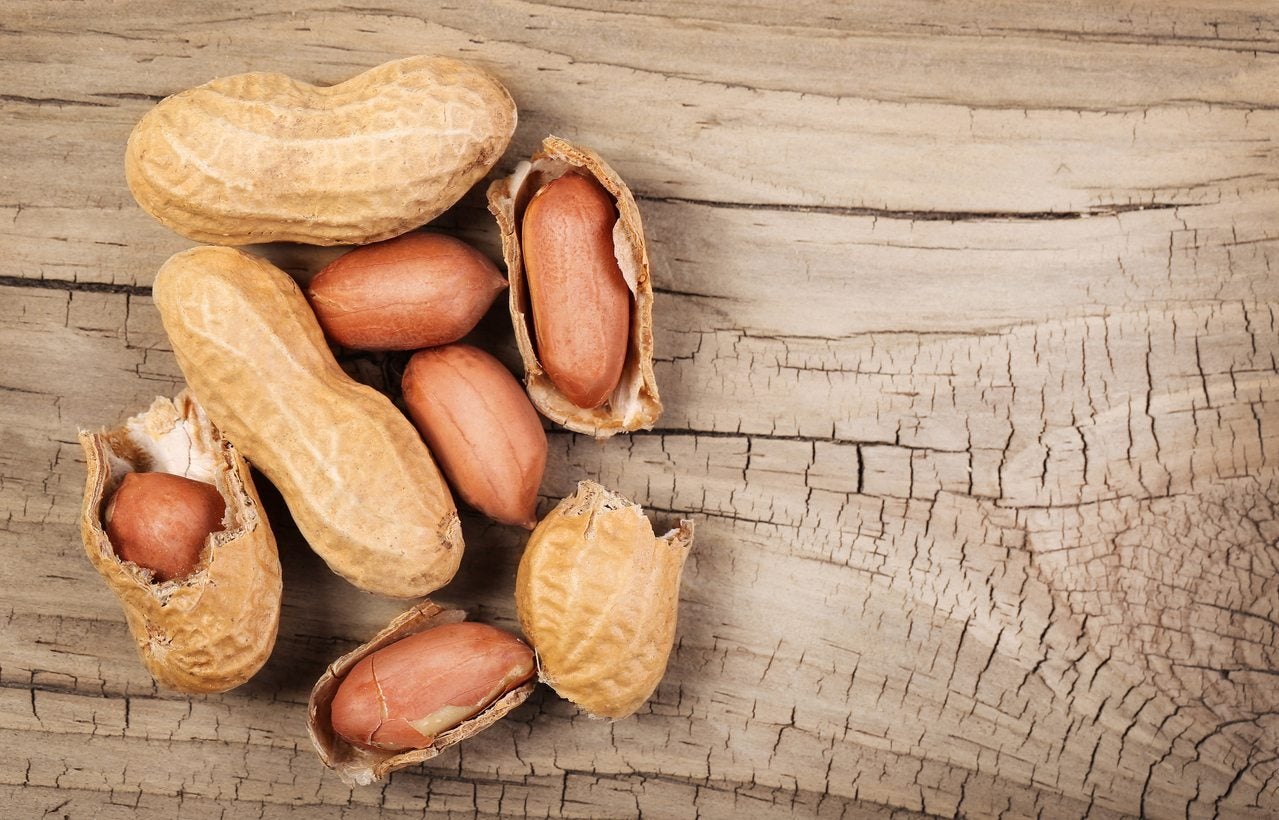 Valencia Peanut Info: Learn How To Grow Valencia Peanuts
Valencia Peanut Info: Learn How To Grow Valencia PeanutsIf you are only familiar with peanuts in the form of peanut butter or ballpark snack, you may be wondering what are Valencia peanuts? Click this article to find out how to grow Valencia peanuts and other info on Valencia peanut varieties.
By Amy Grant
-
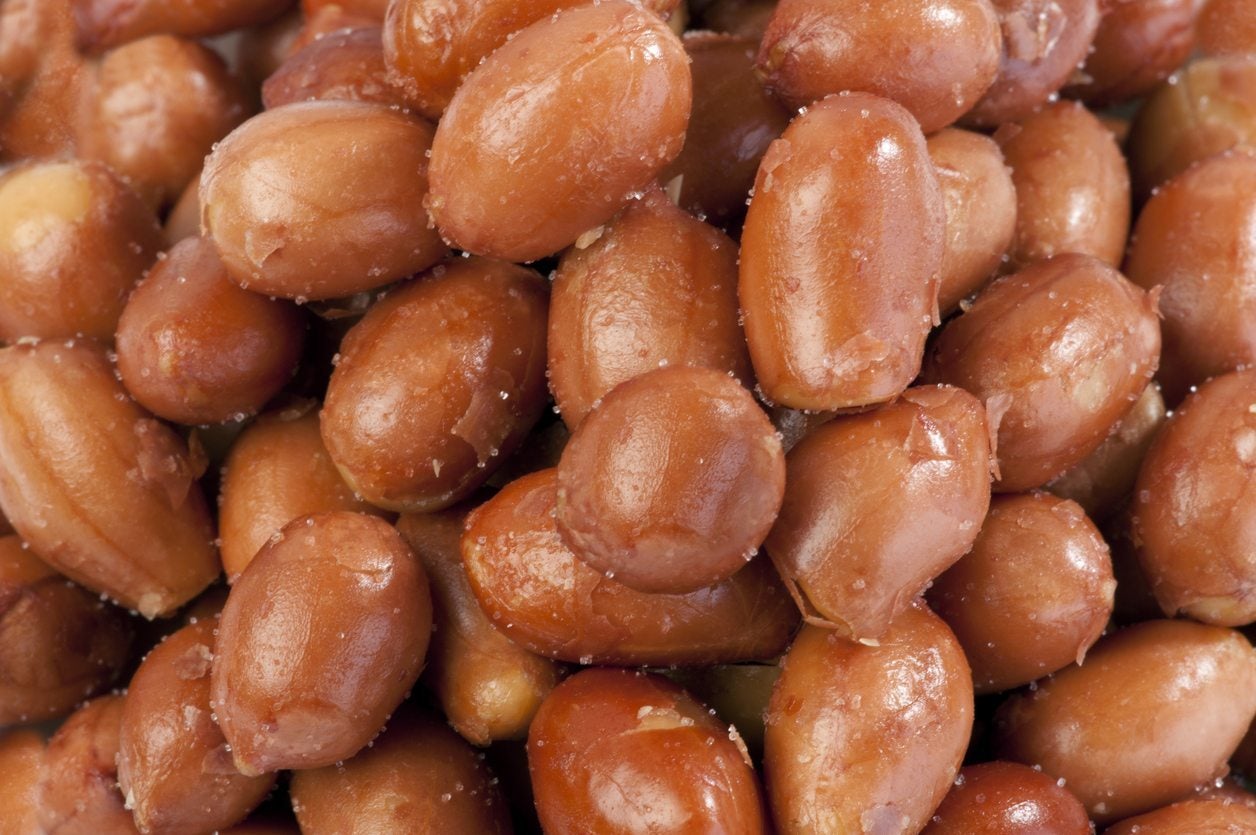 Spanish Peanut Information: Tips On Growing Spanish Peanuts In Gardens
Spanish Peanut Information: Tips On Growing Spanish Peanuts In GardensIf you've ever enjoyed peanut candies or peanut butter, then I'm sure you are familiar with their tasty potential and can't wait to get started growing Spanish peanuts in your garden. Let's get talking about Spanish peanut information and find out how to grow Spanish peanuts here.
By Shelley Pierce
-
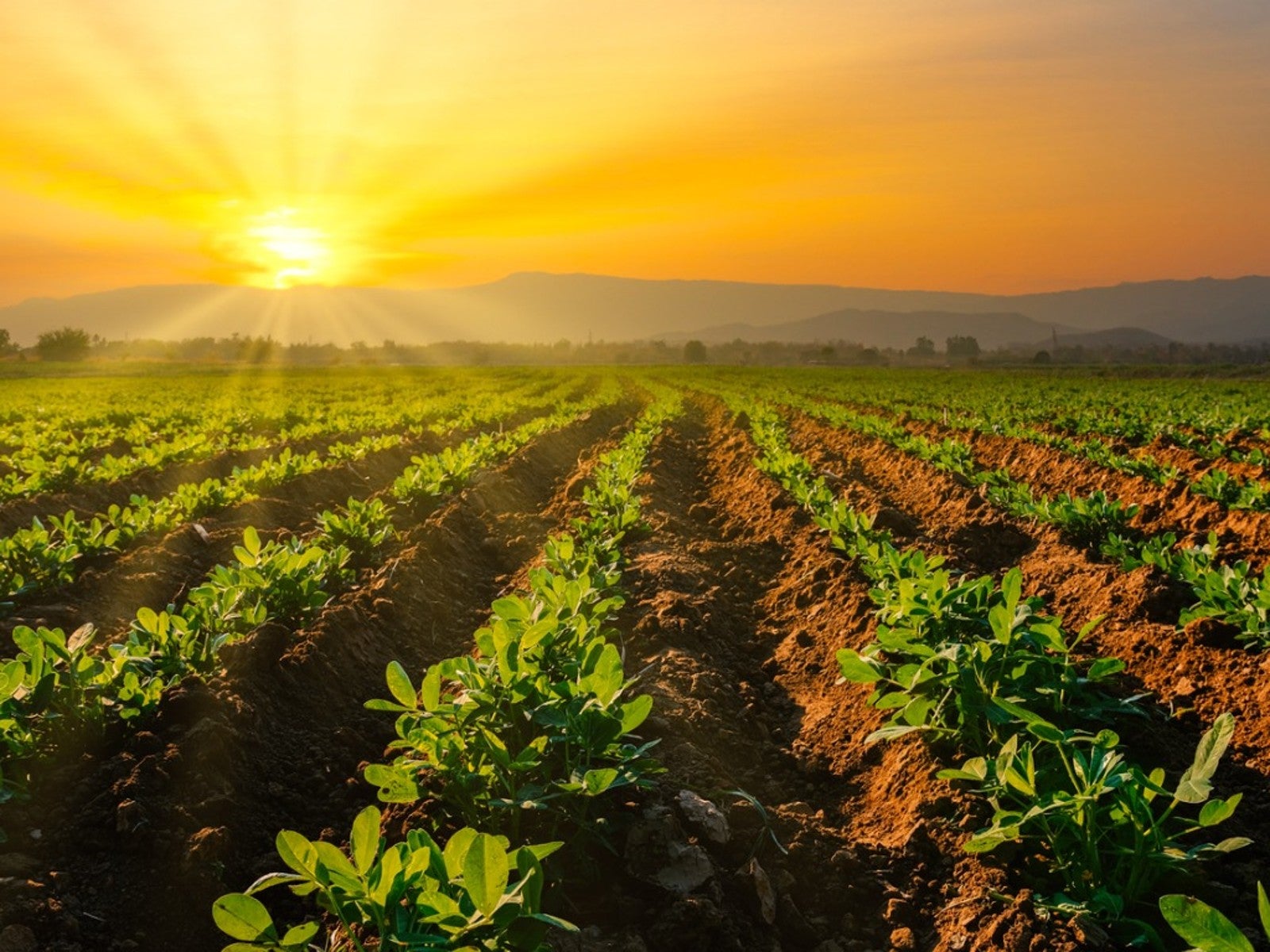 Watering Peanut Plants: How And When To Water A Peanut Plant
Watering Peanut Plants: How And When To Water A Peanut PlantHalf the fun of raising peanut plants is watching them grow and change rapidly. But in order to achieve this feat, certain peanut water requirements must be met. So how much water does a peanut plant need? Find out in this article.
By Gardening Know How
-
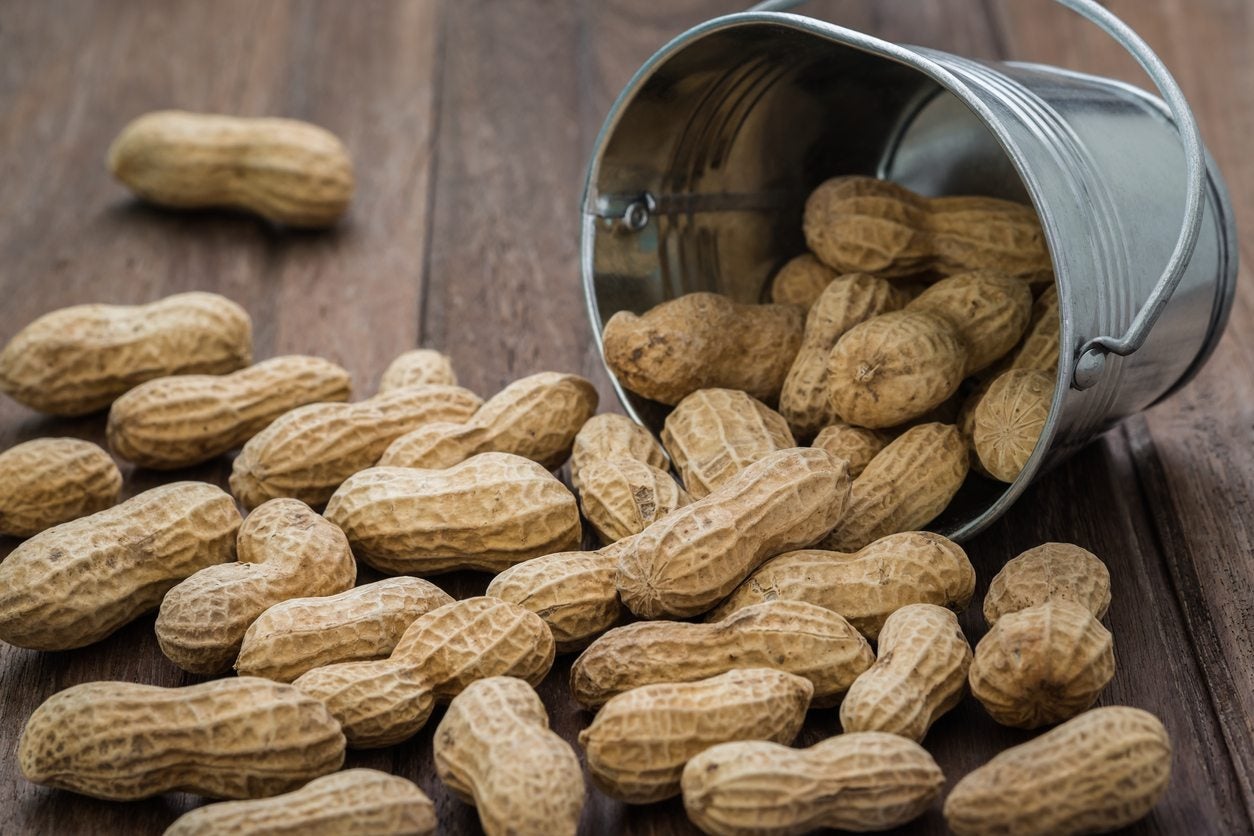 What Is A Virginia Peanut: Information On Planting Virginia Peanuts
What Is A Virginia Peanut: Information On Planting Virginia PeanutsAmong their many common names, Virginia peanuts are called goobers, ground nuts and ground peas. Although they're not grown exclusively in Virginia, their common name gives a nod to the warm southeastern climates where they thrive. Learn about them here.
By Victoria Blackstone
-
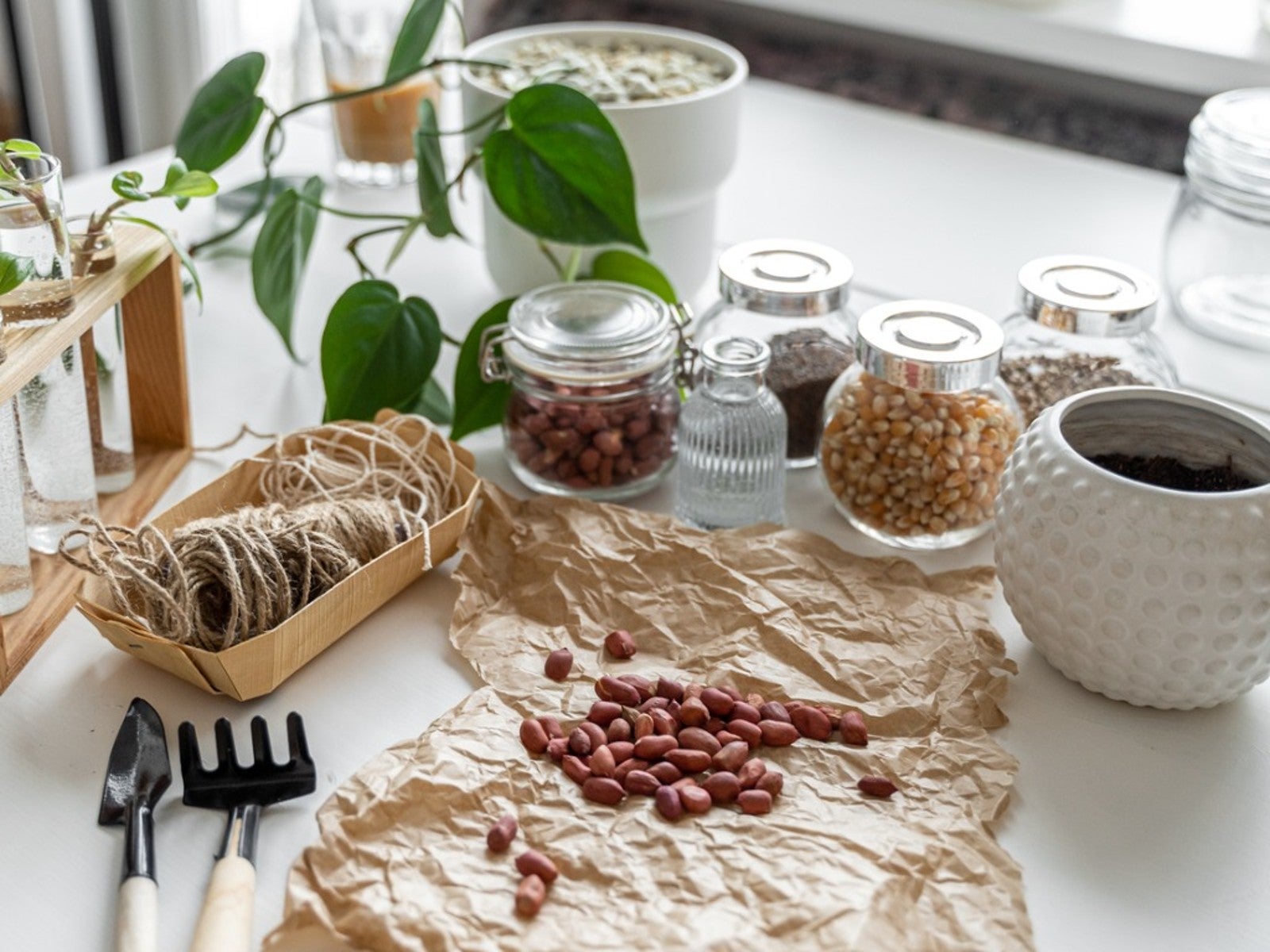 Indoor Peanut Growing – Learn How To Grow Peanuts Indoors
Indoor Peanut Growing – Learn How To Grow Peanuts IndoorsCan I grow a peanut plant indoors? This may sound like an odd question to people who live in sunny, warm climates, but for gardeners in chilly climates, the question makes perfect sense! If you want to learn how to grow peanuts indoors, click this article.
By Mary H. Dyer
-
 Runner Type Peanuts – Information About Runner Peanut Plants
Runner Type Peanuts – Information About Runner Peanut PlantsPeanuts are not at the top of the list of the most common plants in the garden, but they should be. They're relatively easy to grow, and there's nothing cooler than curing and shelling your very own peanuts. Learn about runner type peanuts in this article.
By Liz Baessler
-
 Groundcover Peanut Varieties: Using Peanut Plants As Groundcover
Groundcover Peanut Varieties: Using Peanut Plants As GroundcoverIf you are tired of mowing your lawn, take heart. There is a perennial peanut plant that produces no nuts but provides a beautiful lawn alternative. The pretty little yellow flowers are edible and can be used in salads. Learn more about these plants here.
By Bonnie L. Grant
-
 Types Of Peanut Plants: Learn About Different Varieties Of Peanut
Types Of Peanut Plants: Learn About Different Varieties Of PeanutWant to grow peanuts? How hard can it be? After all a peanut is a peanut. But what if your search of peanut plant seeds reveals that there's more variety to peanuts than you knew? Learn about the differences between these peanut plant varieties in this article.
By Darcy Larum